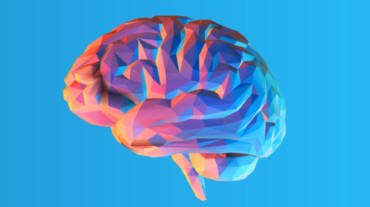
We often dismiss headaches by sleeping it off, popping a pill or using a balm. But some headaches demand immediate attention. Some headaches need to be looked at with a closer eye – such as the rupturing of a cerebral aneurysm or brain aneurysm. Want to know more about the condition? Read on.
5 things to know about brain aneurysm
Aneurysms are basically weak spots in the brain’s artery, which over a period, start enlarging and form a bulge. This leads to a balloon-like structure on the wall of the blood vessel. Due to continuous sensation of the blood in the brain’s blood vessels, the balloon keeps growing in size till the wall of the artery becomes very thin and it ruptures.
People with brain aneurysm do not see any warning signs and symptoms at all till it ruptures. And when it ruptures, people suffer from a sudden onset of severe headaches. The headaches occur when an aneurysm bursts, which could be very severe, fairly easy to distinguish and it is unlike any other headache.
In this, headaches start and winds up to a peak within a few seconds. For example, at one place a person would be normal, and the next minute one can have a severe headache. In addition, a person may have nausea, vomiting, stiffness on the neck, increased pain when a person moves his head, severe pain on the back of head, pain like someone have kicked on person’s back or head.

In very severe cases, patient tend to lose their consciousness, may feel weakness in the arm or leg, speech could also be affected and can even cause instantaneous death. Its onset is so frequent and severe that people sometimes call it a thunderclap headache or a headache they have never experienced before.
Generally, there must be some weakness in the blood vessel which is related to development of the brain. People with a high blood pressure, genetic predisposition (very uncommon), people who smoke and at an age of 40-60 years (rarely seen in pediatric patient also) are more susceptible to get brain aneurysm.
It is important for patients to recognize that it is not an ordinary headache and should seek medical attention immediately. The reason is obvious as the ruptured balloon could also cause a haemorrhage.
A patient may survive one haemorrhage. However, the clot could burst anytime again. The treatment is an urgent procedure because it is to ensure that the aneurysm is secured and closed. If there is a haemorrhage with severe headache, a CT scan, or an MRI scan helps to check the leakage of blood in the brain. It is usually picked in a CT scan and if there is a very minor amount of blood, then it is better seen on the MRI scan. If a doctor suspects there is a leakage, an angiography of the brain is done. It outlines the blood vessels of the brain and one can see an outpouching or a balloon, which is the aneurysm.

The traditional treatment includes identification of an aneurysm and putting a clip across the aneurysm base where it is arising from a blood vessel. This is done to stop the flow of blood in the aneurysm, therefore stopping it from rupturing. In this procedure, the blood vessel is not compromised and ensures continuous flow.
Select Topics of your interest and let us customize your feed.
PERSONALISE NOWThis is a highly technical surgery called surgical clipping. But now we have seen more advancements in treating aneurysm, in which we do not open a skull and place a catheter into the brain and remove the clot that may be causing a stroke. This procedure is called Endovascular Rescue Therapy.